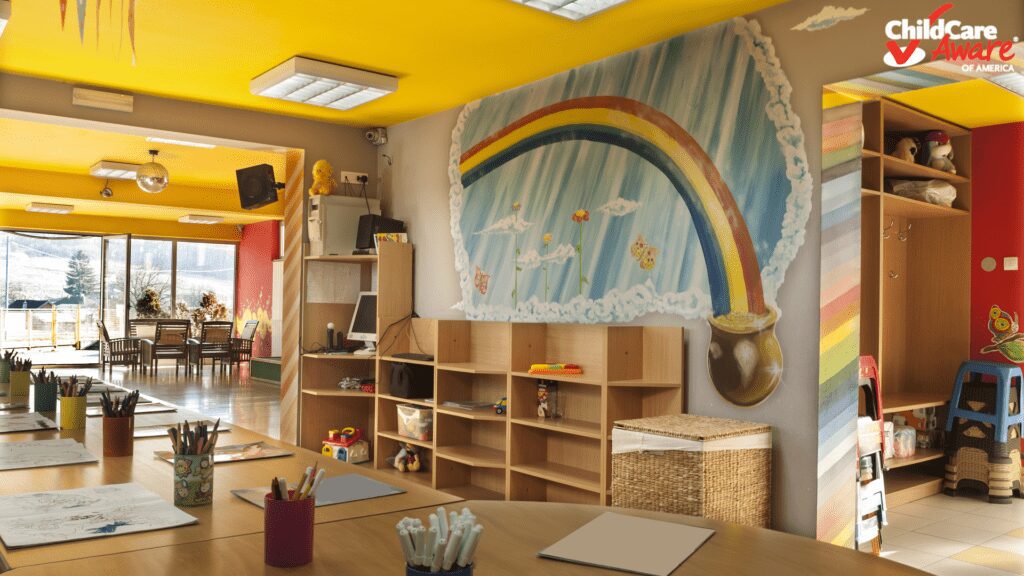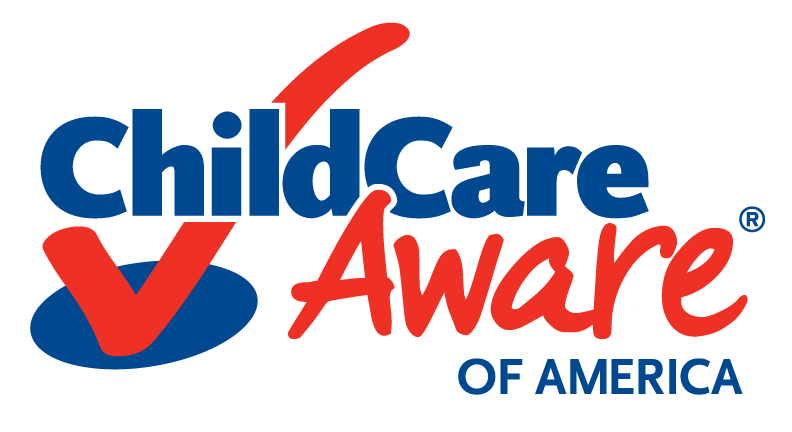
Understanding practices and resources that can strengthen your program structure is one way to work toward the success of your business. The topics below can help you think about how to establish a strong structure for your child care center or family child care home.
For support, guidance, or additional information on any of the topics on this page, contact your local CCR&R.
- Licensing and Regulatory Requirements
After you are licensed and providing child care, it is important to stay up to date on licensing news and to keep in touch with your licensing agent. You may have questions about licensing requirements that arise while operating your business, or there may be changes to your state’s regulations that you need help understanding or implementing. Ensure that you and any staff you employ remain current on licensing regulations and that your program is following the requirements set by your state or local area for safe and healthy child care.
Keep in mind that licensing standards are the minimum requirements for healthy and safe child care. These regulations form the most basic structure of your program and a place to begin building toward higher levels of quality.
- Health and Nutrition
There are many things you can do to help children receive healthy and nutritious food throughout the day and integrate quality health practices in your child care program.
If you serve meals to the children in your program, consider participating in the Child and Adult Care Food Program (CACFP). The CACFP is a voluntary program that helps qualified child care providers serve healthy and nutritious meals and snacks to children in their care through reimbursements and guidance.
There are other health and nutrition practices that you will want to implement, such as conducting daily health checks; special infant and toddler feeding practices; and proper handwashing, diapering and toileting procedures. Many of these practices may be required by your state or local licensing regulations.
Additional quality considerations for health and safety include ensuring you are a breastfeeding/chestfeeding-friendly environment, providing ample opportunity for health and safety training for yourself and staff that goes beyond what is required, and making sure that one or more staff members have Medication Administration Training (MAT) certification.
- Active Supervision and Safety
Active supervision and safety practices are some of the most important features of your program.
Active supervision looks like caregivers following children’s lead during play; having back-and-forth interactions during activities and transitions; working with children to think critically and solve problems as they arise (rather than solving problems for children); and being alert and aware of children’s needs indoors, outdoors and during rest times.
Safety looks like maintaining low adult to child ratios and small group sizes; providing clean and safe toys and equipment for play; offering developmentally appropriate materials and activities for all children; and ensuring that all staff are trained on safe infant sleep, program policies and procedures, child development, CPR and first aid, and your program’s emergency preparedness plan.
Not only do these practices keep children safe, but they also help you provide higher quality care. Many of these practices may be required by your state or local licensing office.
- Staffing Practices
It is important to have the adequate number of staff for your program and that caregivers have an early childhood education background and experience working with young children. If your program has hired staff or is in the process of doing so, ensure that you are clear about the qualifications you require your staff to have and that you provide opportunities for appropriate training and professional development. When programs are properly staffed with trained caregivers who actively supervise children at all times, it is more likely that staff can engage in warm and responsive interactions with children.
RESOURCE:
- Operating Hours
Determine whether your business is truly meeting the child care scheduling needs in your community. If you completed a community needs assessment prior to opening your program, you may return to it to review the results. If you have not completed a needs assessment, contact your local Child Care Resource & Referral agency (CCR&R) to learn what the needs are. Consider the questions listed below and think about whether to make any changes to your hours of operation.
- Do you want to fill a need for traditional child care hours (work- or school-day hours), or is your goal to offer care during non-traditional hours, such as weekends, early mornings, late evenings or overnight?
- What do families in your area need in terms of child care schedules?
- Do you have many families in your community that perform shift work?
- Does your program currently open and close at times that accommodate the typical work or school hours for families in your area?
- Policies and Procedures
Your child care policies and procedures communicate your expectations to families and staff. Having clear written policies and procedures will help you when questions arise. Some of these may be required by your state or local licensing agency. If you do not already provide staff and family handbooks or if you want to review your current handbooks to strengthen the information you offer, find examples of topics typically covered in staff and family handbooks here. If you need help building out the information for some of the topics, your local CCR&R may be able to provide you with additional templates or guidance.
- Child Care Assistance
Families in your area may be eligible to receive child care assistance through your state’s child care subsidy program. Each family will need to go through an application process to determine eligibility. Your child care program will also need to apply and be approved for the subsidy program to receive these funds for eligible families. Even if you do not currently have families that receive subsidy enrolled in your program, it may be helpful to gather information on application and program eligibility requirements.
- Quality Rating and Improvement System (QRIS)
Quality Rating and Improvement Systems (QRIS) are designed to help child care programs assess, improve and communicate their levels of quality to the public. Participation in a QRIS is beneficial for programs, as it helps to improve the quality of care and education offered to young children and it demonstrates a commitment to excellence. Many states have made their QRIS mandatory for all or some of their licensed child care programs, while other states’ systems are voluntary.
Typically, child care programs that participate in QRIS earn ratings by meeting certain quality standards. Programs earn higher ratings as they meet more quality standards. Programs may be supported through coaching and mentoring and receive financial incentives such as higher subsidy reimbursement rates or tax credits.
Each state or local area determines what standards and supports will be a part of their QRIS. Participating child care centers and family child care homes generally work with a quality improvement specialist to assess their current quality levels and to build upon and improve the quality of their care. Program ratings are shared with families as a way of recognizing the success and commitment to quality and as a benefit to participating programs.
- National Accreditation
Some child care programs reach higher levels of quality by becoming accredited by a national accrediting organization. Becoming nationally accredited is a voluntary process for child care providers. The accreditation process helps programs improve the quality of their care and education of young children and allows them to demonstrate and communicate a commitment to quality. Programs that choose to become accredited must show that they meet requirements above and beyond state licensing requirements.
Center Tip: Some of the accreditation organizations for licensed child care centers are:
National Association for the Education of Young Children (NAEYC)
National Early Childhood Program Accreditation (NECPA)
FCC Tip: The main accrediting organization for family child care programs is the National Association for Family Child Care (NAFCC).
Additional resources are available to Child Care Aware of America members! Learn more about CCAoA membership and how to sign up to get access to these resources and others. If you are a member click here to access the resources listed below.


